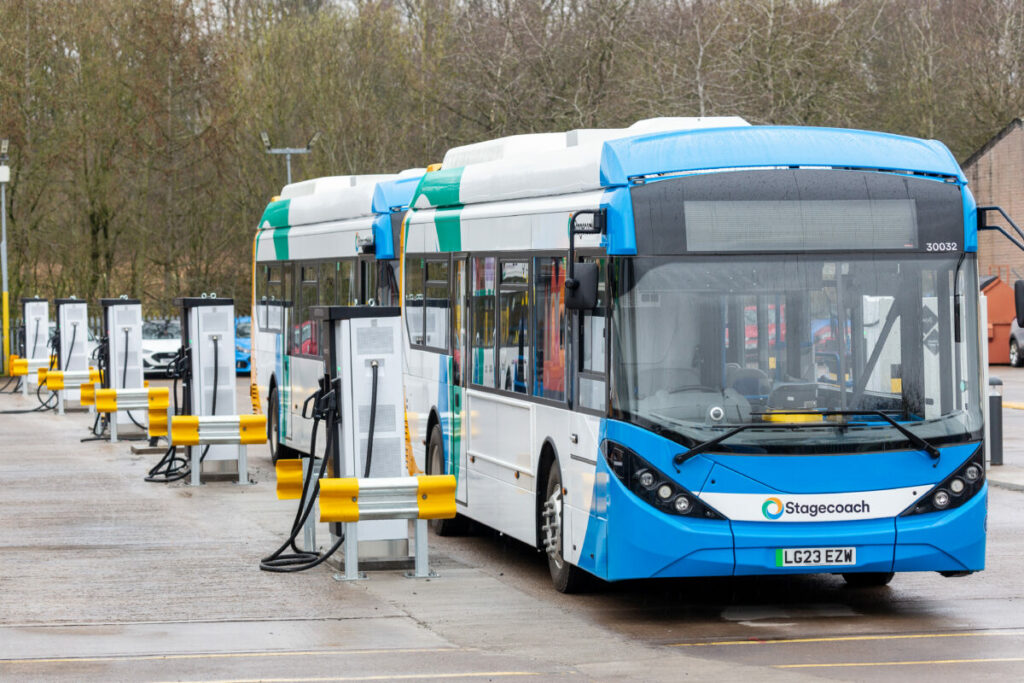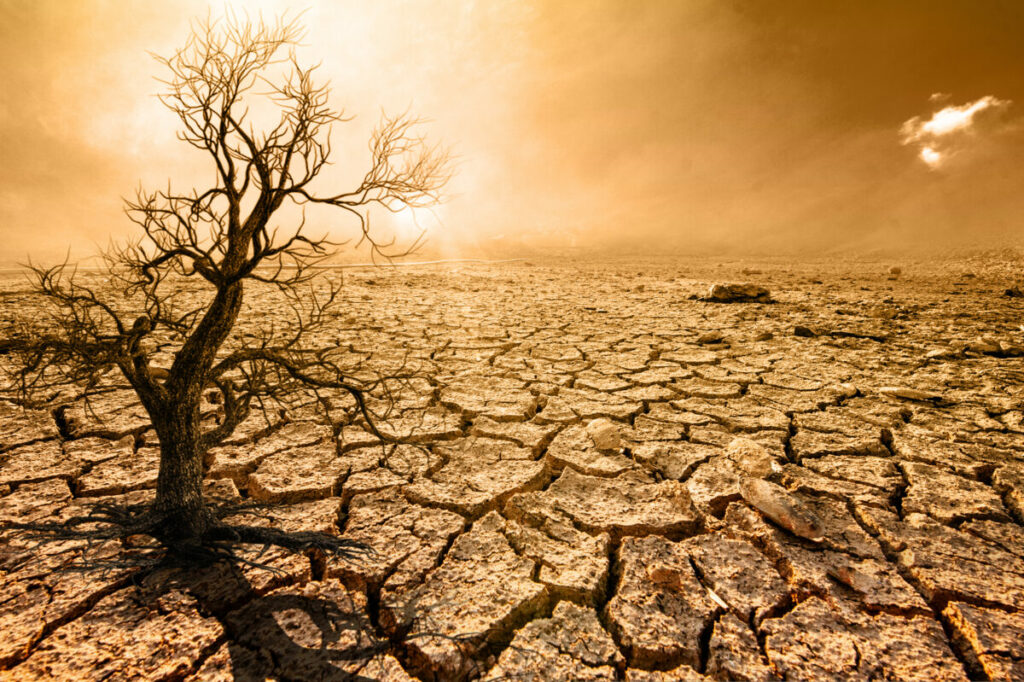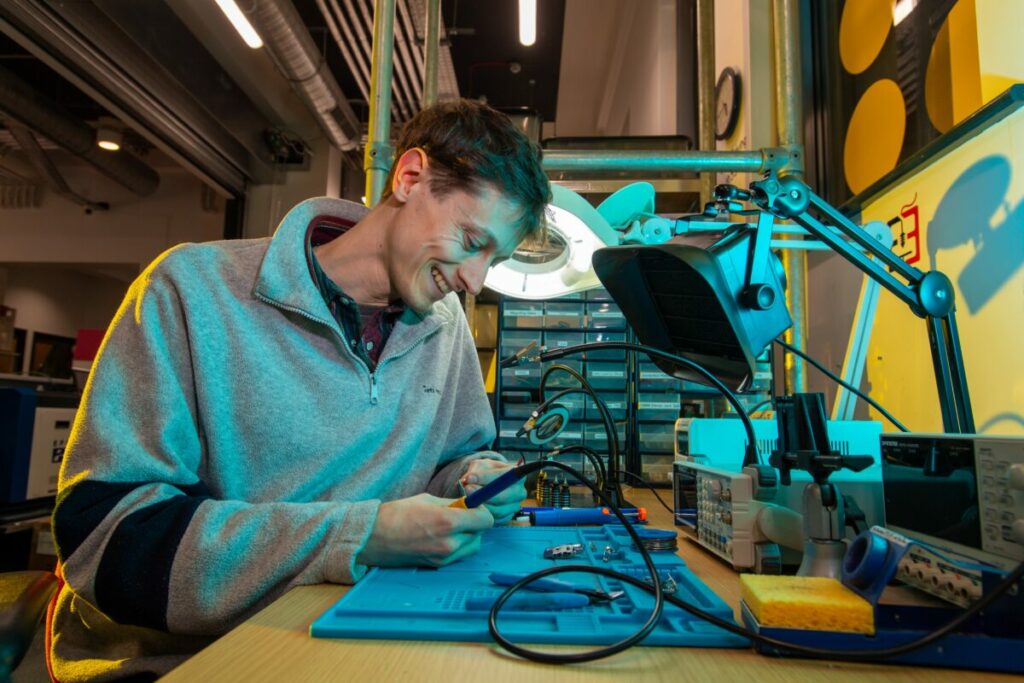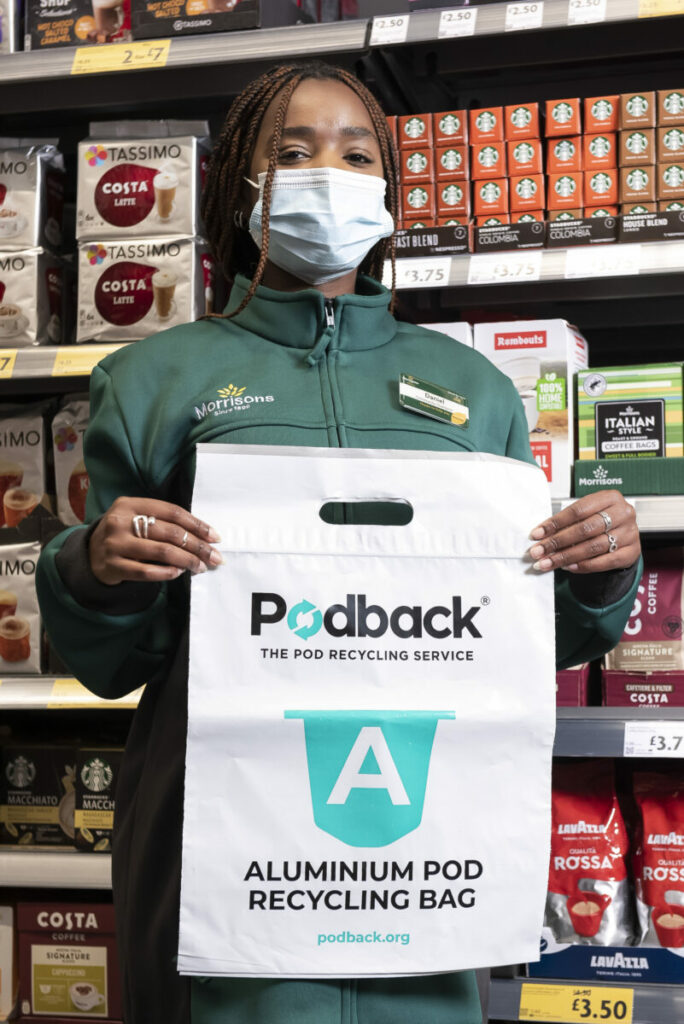Lego has hired Stuart Jefford as its senior director of climate strategy in a bid to reach net zero by 2050.
Jefford previously worked as deputy director for energy security at the UK department for energy security and net zero.
In a LinkedIn post, Jeffery wrote that while Lego has already taken a “bunch of steps” to reduce environmental impact, there is “lots more to do”.
“Lego group have committed to a Science Based Target of net zero GHG emissions across their value chain by 2050, and to reduce these by 37% by 2032 (on 2019 levels),” he continued.
“I’ve already been impressed by how committed the organisation is to getting this done, and to playing a catalytic part in helping wider industry to do the same.
“Over the next 3 years, LEGO plans to triple the amount it invests in environmental sustainability, spending more than US$1.4bn on related activities,” Jefford added.
Jefford has also worked as PwC assistant director of sustainability and climate change where he helped clients measure and value ESG impacts.
Subscribe to Sustainability Beat for free
Sign up here to get the latest sustainability news sent straight to your inbox everyday
Lego’s journey towards sustainability
Jefford joins Annette Stube as its new chief sustainability officer, who will be responsible for leading the toymaker’s environmental strategy from January 2024.
The sustainability team at Lego have been making some moves in progressing its strategy but have also faced setbacks.
In September, the toymaker scrapped plans to make bricks from recycled plastic bottles, arguing it would have produced more carbon emissions.
Despite the setback, company’s chief executive Niels Christiansen said the toymaker is now aiming to make each part of ABS more sustainable by implementing bio-based and recycled materials.
“It’s not going from being 0% to 100% from one day to the next, but you start with elements of it being based on either biomaterials or recycled materials,” said Christiansen.
“Maybe it’s 50%, or 30%, or 70% based on that,” he added.














